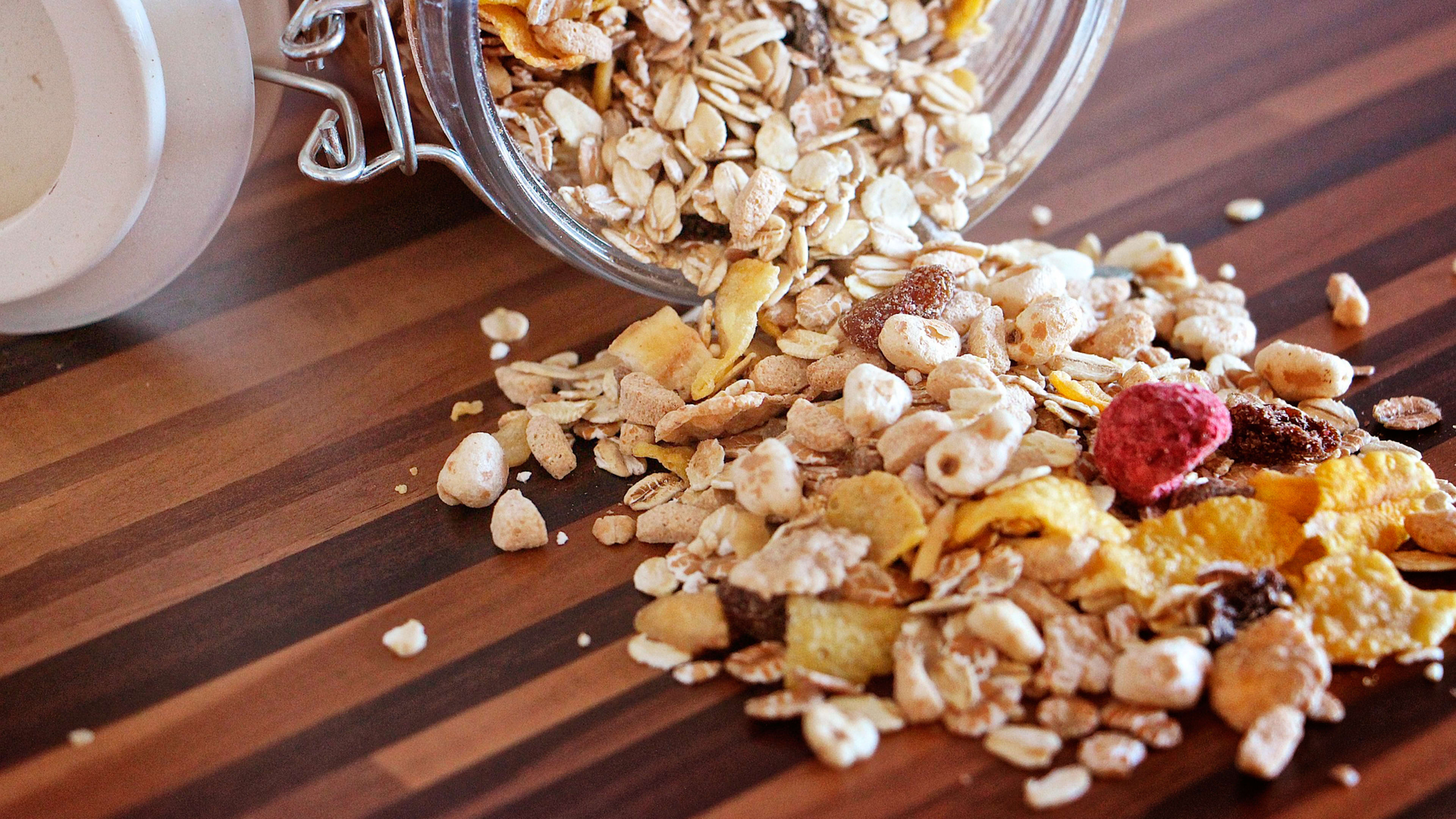Healthy eaters can seemingly make stars out of any and all once-dreaded foods. Much like Brussels sprouts and kale, oatmeal is the newest category to see an uptick in trendy consumer tastes.
Sales of hot cereals jumped 1.3% to $1.3 million in the 52-week period ending December 30, 2018, compared to the same period a year earlier. Zion Market Research predicts the global oatmeal market is slated to reach $2.5 billion by 2022.
This trend slowly gained traction over the last few years: As Food Dive reports, Americans began to sour on processed cold cereal, especially sugary ones, in favor of more nutritional alternatives, like Greek yogurt. (A strong portion of millennials, meanwhile, think making cereal requires too much work.)
Today you’ll see beautifully adorned oatmeal bowls–accessorized with berries, pumpkin seeds, and geometrically placed apple slices–all over Instagram (over 3 million results) and influencer accounts. Posts often boast hashtags like #healthylifestyle or #fitfoodie. Goop referred to the soggy staple as “Cozy. Hot. Satisfying.”
Quaker, B&G, Post, and Bob’s Red Mill Natural Foods lead the oatmeal charge, with the latter posting an 11.3% increase sales and a 13.3% in unit sales. The company is known for its popular microwavable, single-serving oatmeals that come in zesty flavors like cranberry orange and pineapple coconut. This in addition to an assortment of other popular brands, including Nature’s Path, Purely Elizabeth, Earnest Eats, and Modern Oats, which optimized instant oatmeal cups.
Oatmeal is widely regarded as a healthy source of vitamins, fiber, and antioxidants, with little or no added sugar. This puts in a prime position for today’s discerning shopper: A recent International Food Information Council survey found that 33% of consumers believe sugars are the source of calories most likely to cause weight gain (as opposed to 11% in 2011).
As Americans increasingly look to healthier ingredients, oatmeal is increasingly seen as a better way to start off the morning. This impacted the cereal industry, which saw U.S. cereal demand decrease to $9 billion in 2018 from $9.9 billion five years earlier, according to data from Euromonitor.
This, of course, led breakfast brands to release a rush of “healthier” products, like Kellogg’s probiotic cereal, protein Cheerios, or Frosted Flakes with “more fiber.” It’s unclear if efforts are working: Kellogg’s shares fell 6.2% on Thursday partially due to soft cereal sales, reports Bloomberg.
At the other end of the spectrum, a plethora of weird and fun cereals target those with an unflinching sweet tooth. Peep’s, Hostess Honey Buns, and Sour Patch Kids are just of the brands that recently released their own cereals in hopes of exciting consumers. The battle for breakfast is on.
Recognize your brand’s excellence by applying to this year’s Brands That Matter Awards before the early-rate deadline, May 3.
